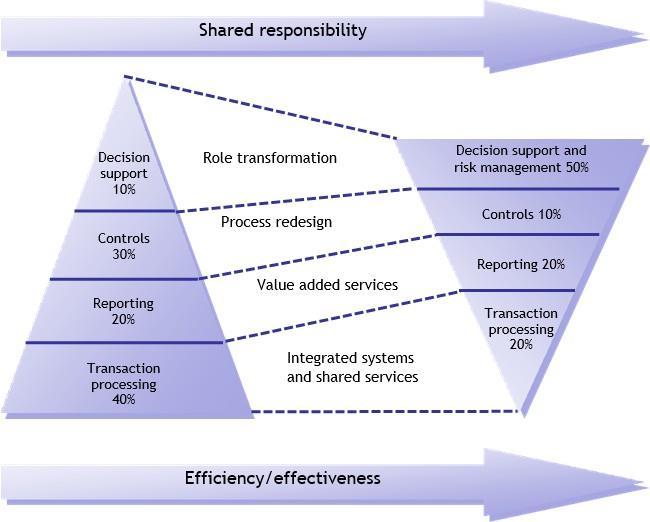
1 minute read
Shareholder ratios
Ratio Possible interpretations
Price earnings ratio (PE ratio)
Advertisement
This is a ratio relevant to the investor in relation to other investments in quoted companies and is really beyond the remit of this guide. However, if you read the Financial Times you’ll see this figure quoted along with the share price. It’s the market value of the share in relation to the earnings per share (EPS) and shows, at current profit levels, how long it would take to get all your money back. Ironically, a high PE ratio suggests a rapidly growing company as the Stock Exchange has priced it highly in relation to its current profit
Gearing This indicates the balance between funding from shareholders (equity) and funding from lending institutions (loans). Highly geared organisations have a relatively high amount of loans in relation to equity. These organisations are considered to be much more risky especially by the lending institutions. Unfortunately this is in direct contrast with how it’s viewed by shareholders who have invested in a company with high growth potential.
There’s more consideration of this in Development Guide 7007V1 Financial planning, but as a rough guide here, banks will never lend if the gearing is higher than 1:1 (for every pound put in by shareholders they would put in a pound) and they rarely get anywhere near this because of the way they view the ‘worth of the business’.



